Motion graphics techniques are essential tools for bringing any creative vision to life. Whether it’s a sci-fi thriller like Tenet or a horror masterpiece like The Conjuring, motion graphics enhance scenes and create immersive cinematic experiences.
With the demand for motion graphics continuing to grow, designers must stay updated with evolving trends and styles. If you want to upgrade your motion design skills or begin your journey as a motion graphic artist, here are twelve powerful techniques that will help you create dynamic and eye-catching work.
1. Merge 2D and 3D Animation
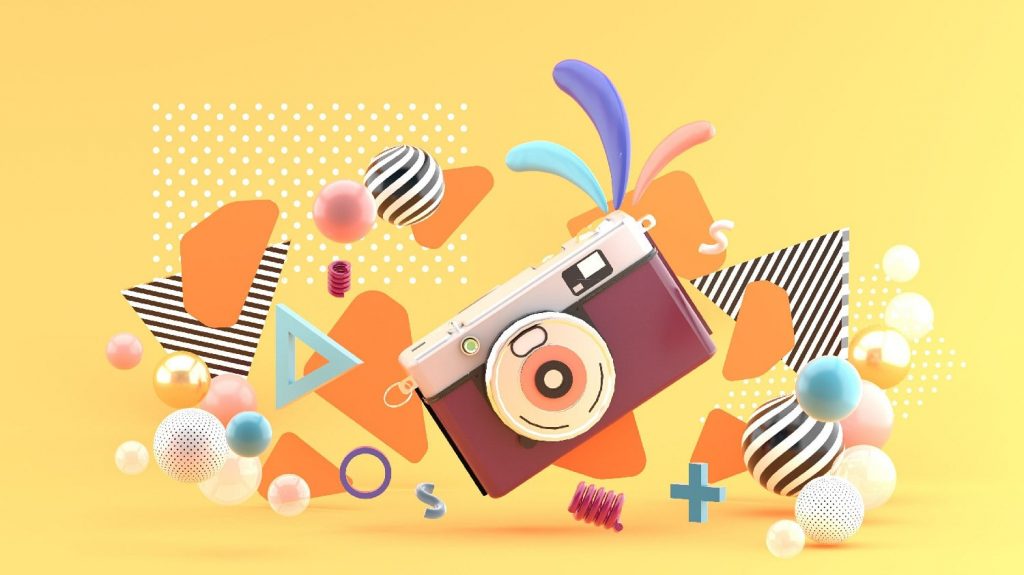
2D and 3D animations are two different aspects of motion graphics. However, if you merge both of them, you can create something mind-blowing. 2D and 3D animations can be used to generate super immersive videos by doing very little work. They are commonly used in doodle videos and advertising.
Here’s an example of 2D and 3D combine animation that we’ve made
2. Kinetic Typography Techniques
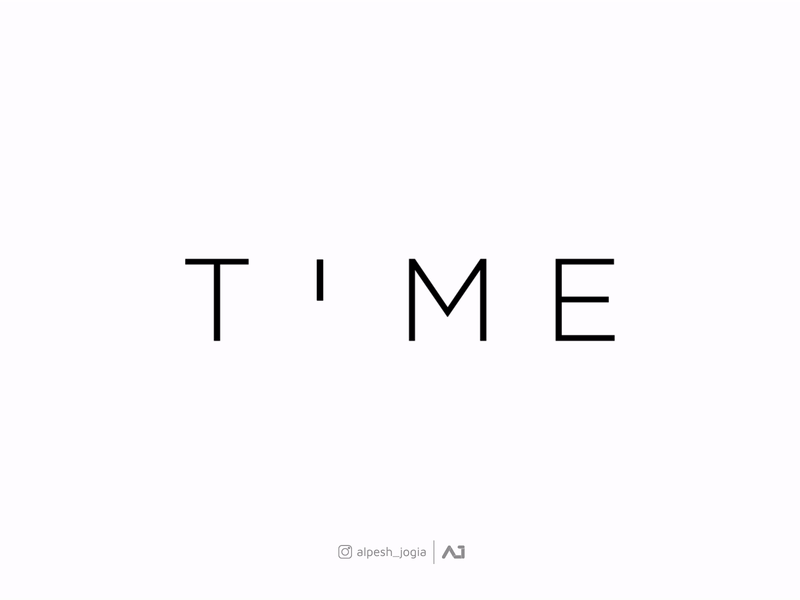
Kinetic typography is a motion graphics technique used to communicate complex ideas and messages quickly and concisely. It brilliantly uses moving text to capture user attention, narrate the whole scene and entertain the users.
The motion applied to the text makes it easier to understand. The use of Kinetic Typography is widely seen in music videos, mobile apps, commercials, and websites. Thus, making them more artistic and engaging.
3. Glow Animation Effects
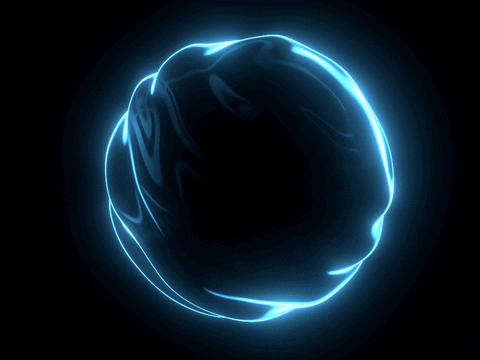
Glow animation is another creative way to captivate user attention. The combination of shimmering texts and randomly moving, illuminated objects on the screen adds value to the overall content. The use of glow animations is primarily seen in dance videos.
4. Video Transition Techniques

Transitions are an integral part of motion graphics. Cutting and joining videos is easy. However, to make the viewers easily absorb the content and its meaning, you need to add appropriate transitions. Motion graphics usually consist of transitions like blur, fade, motion transition, mask transition, camera movement, etc.
5. Animated Logo Design

Logos are a great way to leave an impact on your audience. For instance, most of us might not know properly about Rolls Royce. However, each one of us can recognize its logo. To ensure that your video content is unique, making an animated logo will do the job. Animated logos are pretty common these days as they can be easily seen at the beginning of almost every Youtube video.
6. Parallax Scrolling
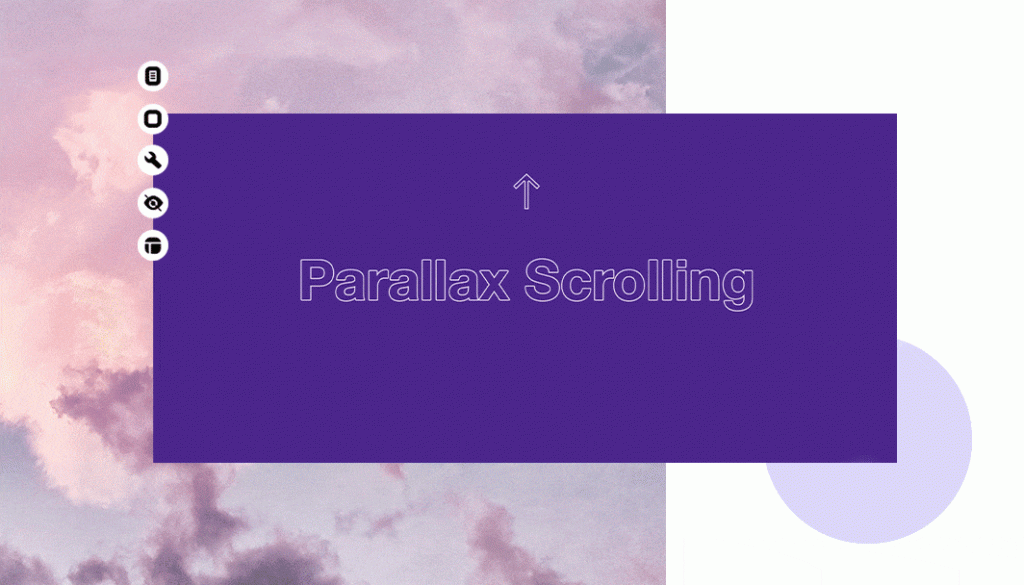
With parallax scrolling motion graphic effects, you can easily present your business services in front of your customers. The key benefit of the parallax scrolling effect is that you can immerse your viewers in the best viewing experience by using multiple images on your webpage that move at different speeds. As teased, the use of Parallax Scrolling is seen in web development.
7. Carousel Slides
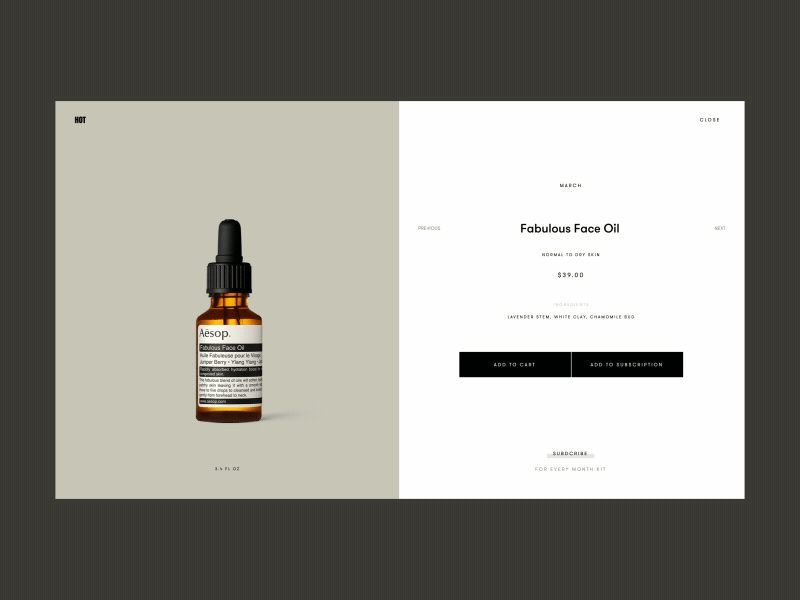
Carousel slides deal with images moving in rotation while also zooming in and out on different parts of that object using specific zoom options. These motion graphics are commonly seen on various tourism-related websites as they reduce the hassle of the repeated opening of every picture for viewing. Instead, you can just slide and view the images simultaneously.
8. Object Tracking & Mapping
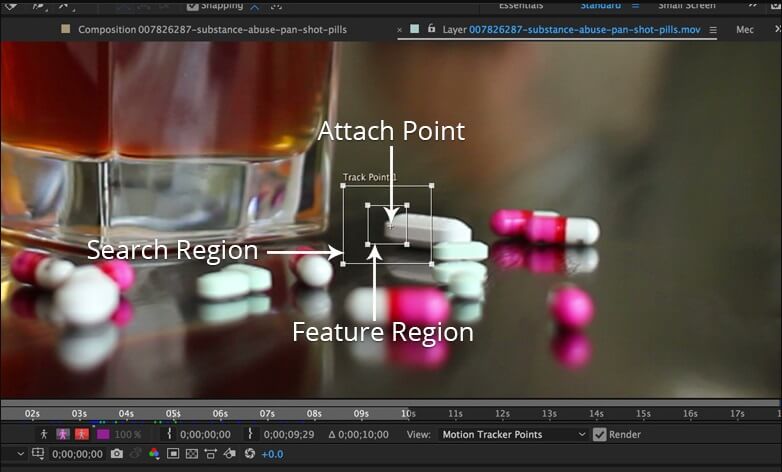
Object tracking is the process of following a moving object through video in order to analyze that motion for later use. This can be used in many different applications, including green screen keying (replacing one background with another), visual effects, compositing, etc. It allows you to extract information from an image sequence and apply it elsewhere, such as extracting position or manipulation data that could then be used to drive 3D objects.
9. Morphing
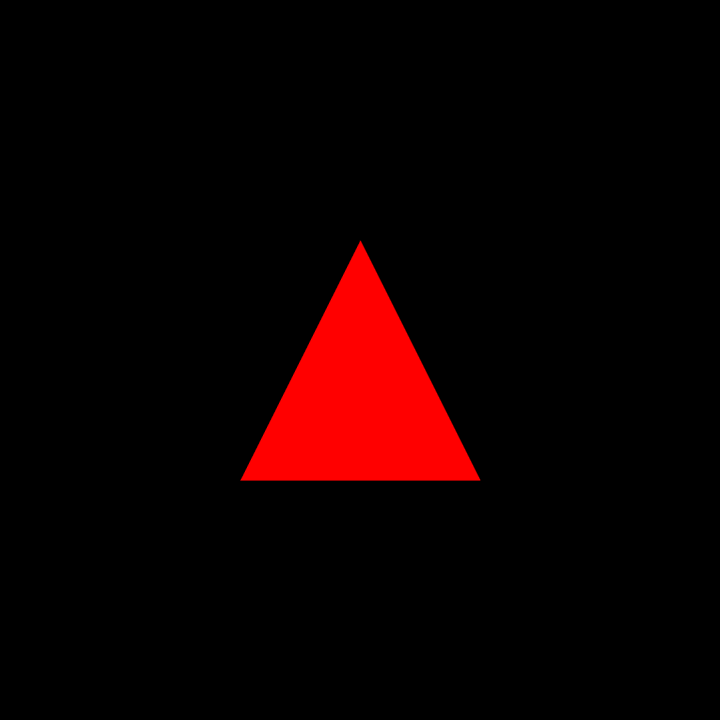
Morphing is the technique of changing an image gradually into another image. The images are usually one frame apart, although it can be done with multiple frames if they are similar in size or scale (like a face morphing to a different face.) This lends itself very well to animations where single picture elements morph from one form to another. It is commonly used by top-end VFX designers.
10. Warping
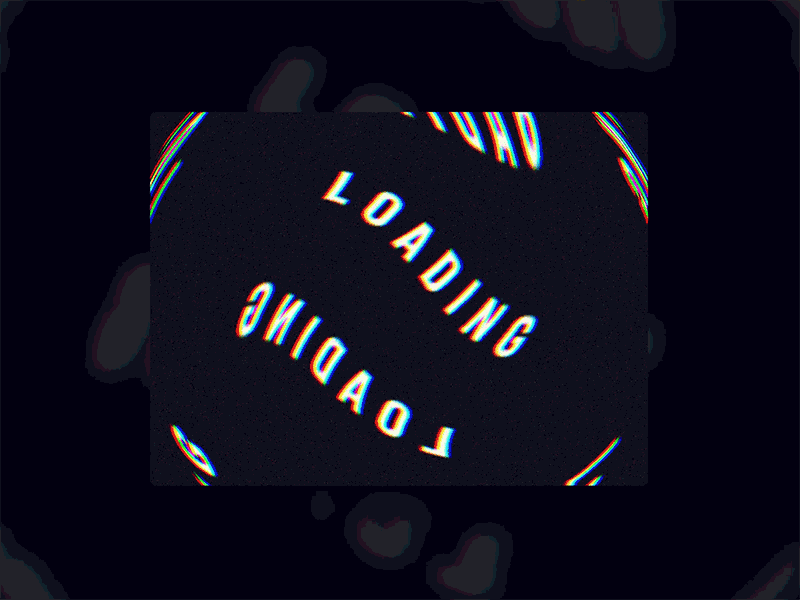
Designers use warping motion graphics to distort an image in a way that can range from simple stretching and blurring to more complex motion effects. Allowing you to transform your image into something completely unrecognizable. However, these motion graphics are often used for logos and facial animation but are not limited to this. It is the most adopted motion graphics technique.
11. Isometric Design
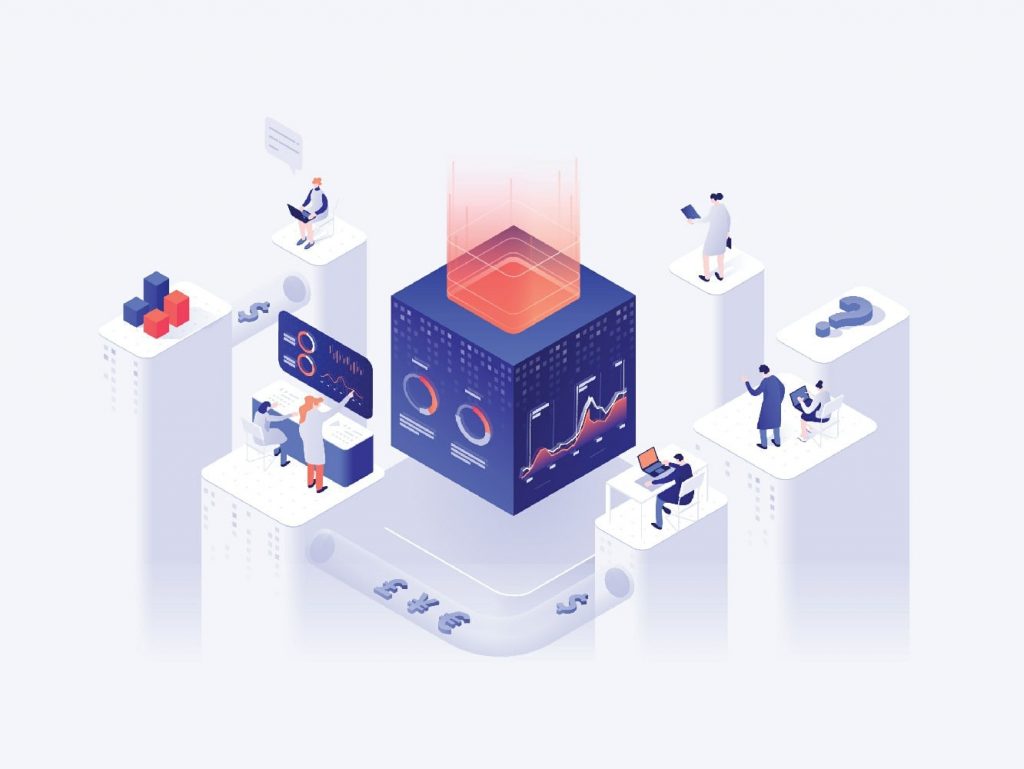
Isometric designs are used by motion graphic artists to create motion graphics with a 3D effect. With these motion graphic techniques, graphics artists can generate movement in almost any dimension. Making the final motion imitates what is typically achieved in 2D motion graphics. But it looks like an image that has been made to look 3D through perspective tricks of perspective.
12. Digital Surrealism

The art of the motion graphic is expanding into Digital Surrealism. Today surrealism is no longer a movement but a type of art that a lot of artists like to use to express themselves. In this digital era, surrealism is one of the top digital art styles. Blurring the lines between fantasy & reality, 3D artists & studios around the world are creating dreamscapes that imagine new ideal worlds. Like traditional animation, it takes a tremendous amount of skill to master this process.
Final Words
Motion graphics design is a fast-growing industry. There are tons of techniques to learn and explore. Hopefully, this article has guided you in finding the perfect technique for your next project and getting started on your journey as a motion designer!


